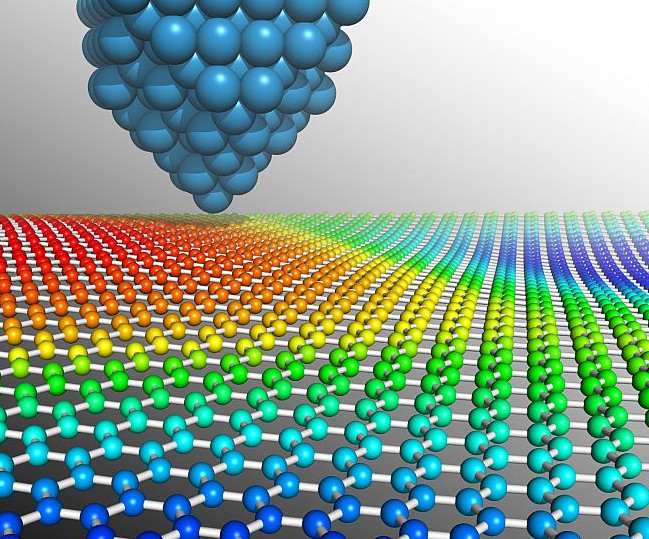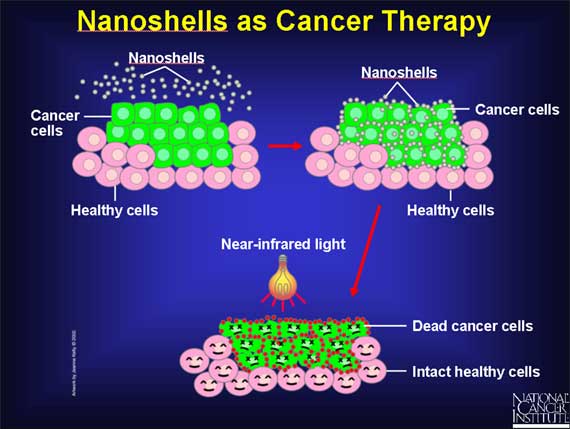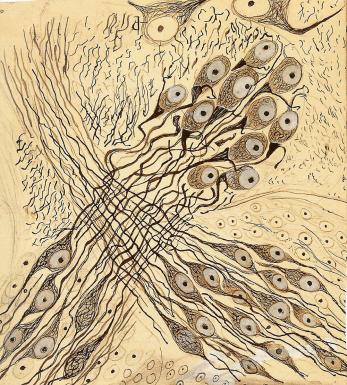This week’s topic about nanotechnology contained interesting details regarding actual mechanisms used to create nanotechnology, and about the potential benefits and risks of nanotechnology on society. The origins of nanotechnology as a field of study, even though he never used this word to characterize it, can be contributed to Richard Feynman. In his work, There is Plenty of Room at the Bottom, Feynman first introduced the idea of nanotechnology by introducing the idea of the manipulation of matter on an atomic scale in order to create new and more advanced technologies. Eric Drexler took this idea of nanotechnology to another level, as he explored the idea of nanotechnology as a deterministic, rather than stochastic, handling of individual atoms and molecules and envisioned a microscopic factory that would use atoms to engineer different kinds of materials.
 |
| Richard Feynman |
Before the 1980s, nanotechnology was largely viewed as a hypothetical field, as the ideas explored by both Feynman and Drexler were theoretical concepts that had no real-world applications. However, important discoveries and innovations in the 1980s were able to introduce real-world applications of nanotechnology, and thus, help it become a prominent field. One such discovery was a new form of Carbon, which had 60 carbon atoms arranged in a soccer ball-like structure. The discovery of a new form of carbon was significant because it showed that the same atoms could be rearranged in different ways to create structures that have different properties. The development of the scanning tunneling microscope was another major discovery for the field of nanotechnology, as it allowed for the study of materials on an atomic level. The development of the scanning tunneling microscope also allowed for the potential to physically rearrange atoms to create different, possibly artistic, structures such as the ones shown in the lecture video. This reminded me of the first lecture on the idea of two cultures, and how nanotechnology can be yet another form of the third culture that bridges the gap between science and art.
 |
| Electron Tunneling Microscope |
It was also very interesting to listen to the lecture about nanotechnology and its relationship to medicine, as nanotechnology can be used to help create safer and more efficient medications to fight various diseases. For example, nanoshells can be used to kill off various harmful pathogens in the body without the negative effects of chemotherapy or other types of therapy. This is done by specifically targeting these pathogens and then illuminating the nano shells with infrared light, which would cause them to heat up and kill the specific type of pathogen.
 |
| Nanoshells as Cancer Therapy |
Sources:
Gimzewski, James. “Nanotech Jim pt1.” YouTube, 21 May 2012, https://www.youtube.com/watch?time_continue=851&v=q7jM6-iqzzE
Gimzewski, James. “Nanotech Jim pt1.” YouTube, 21 May 2012, https://www.youtube.com/watch?time_continue=851&v=q7jM6-iqzzE
Gimzewski, James. “Nanotech Jim pt2.” YouTube, 21 May 2012, https://www.youtube.com/watch?time_continue=873&v=HEp6t0v-v9c
Gimzewski, James. “Nanotech Jim pt4.” YouTube, 21 May 2012, https://www.youtube.com/watch?time_continue=305&v=yHCuZetAIhk
“Scanning Tunneling Microscopy.” Nanoscience Instruments, www.nanoscience.com/techniques/scanning-tunneling-microscopy/.
Strickland, Jonathan, and Kevin Bonsor. “How Nanotechnology Works.” HowStuffWorks Science, HowStuffWorks, 25 Oct. 2007, science.howstuffworks.com/nanotechnology.htm.











